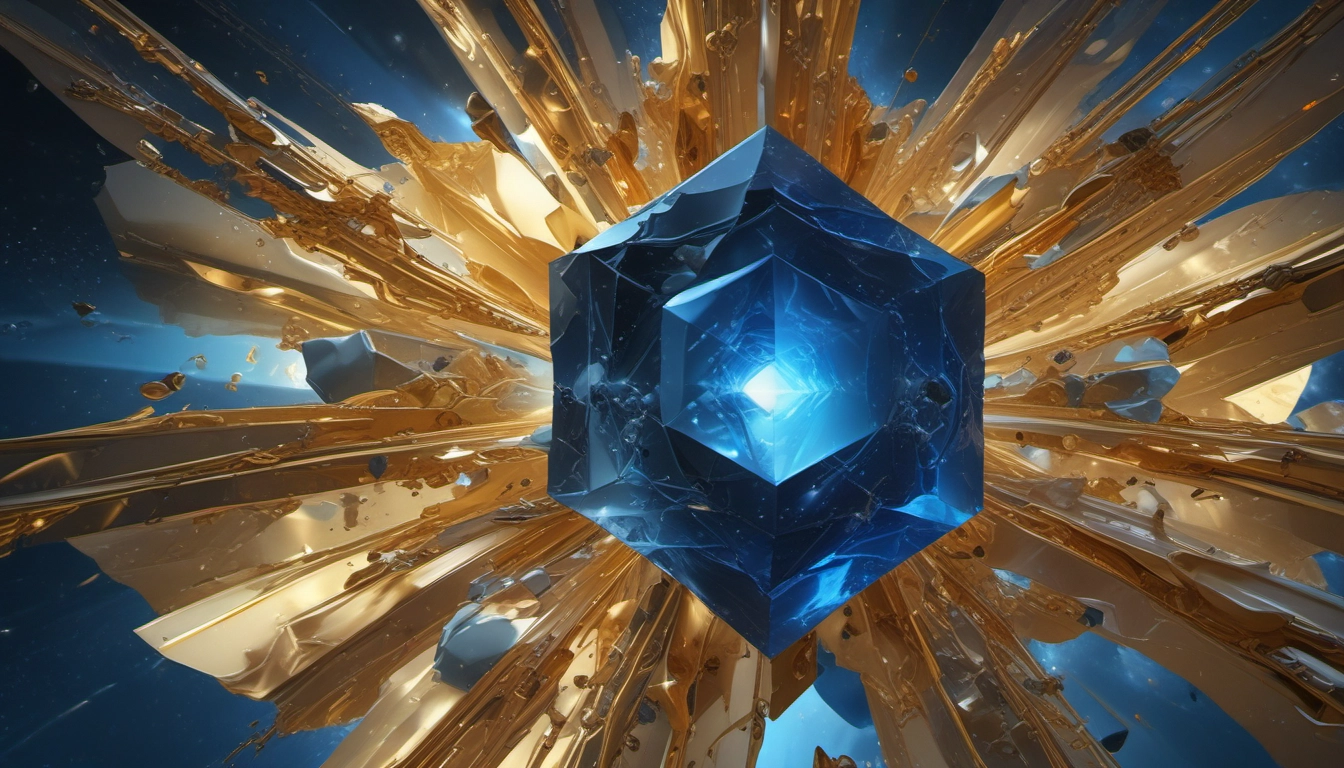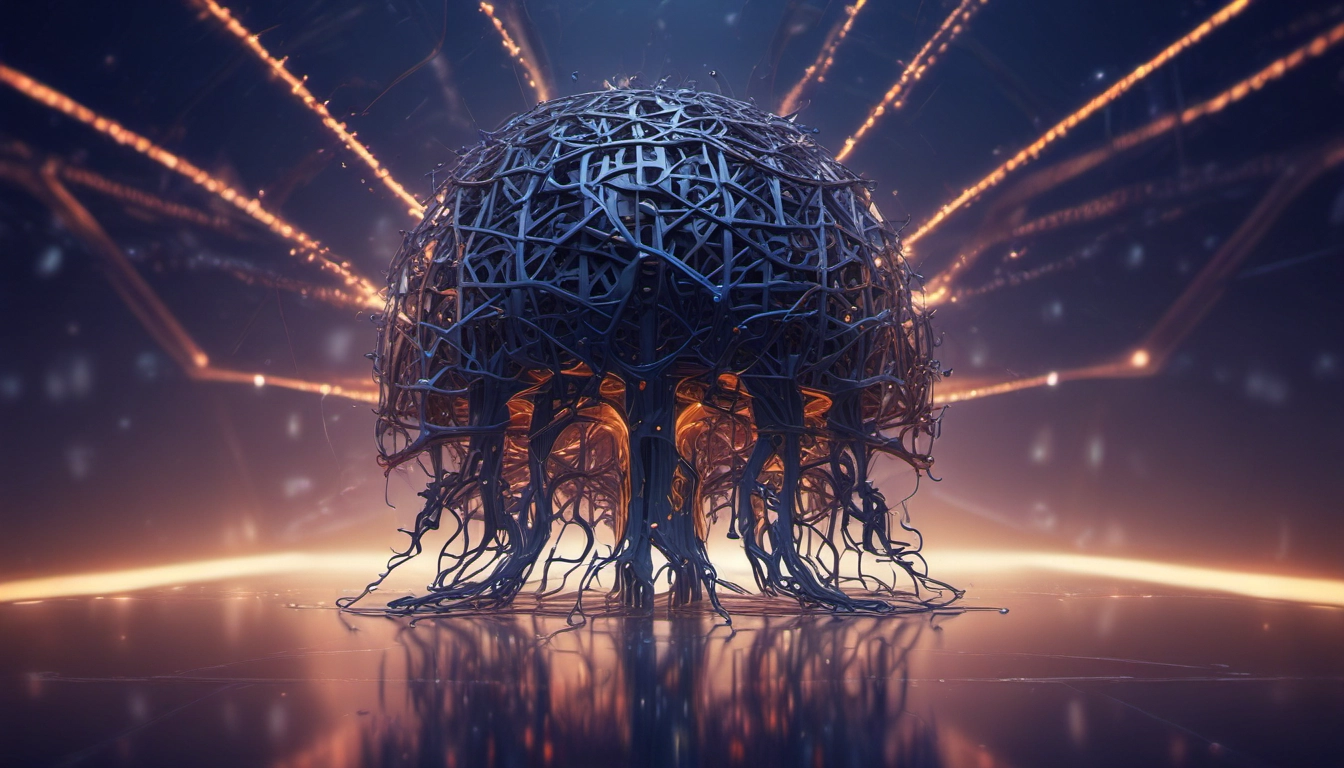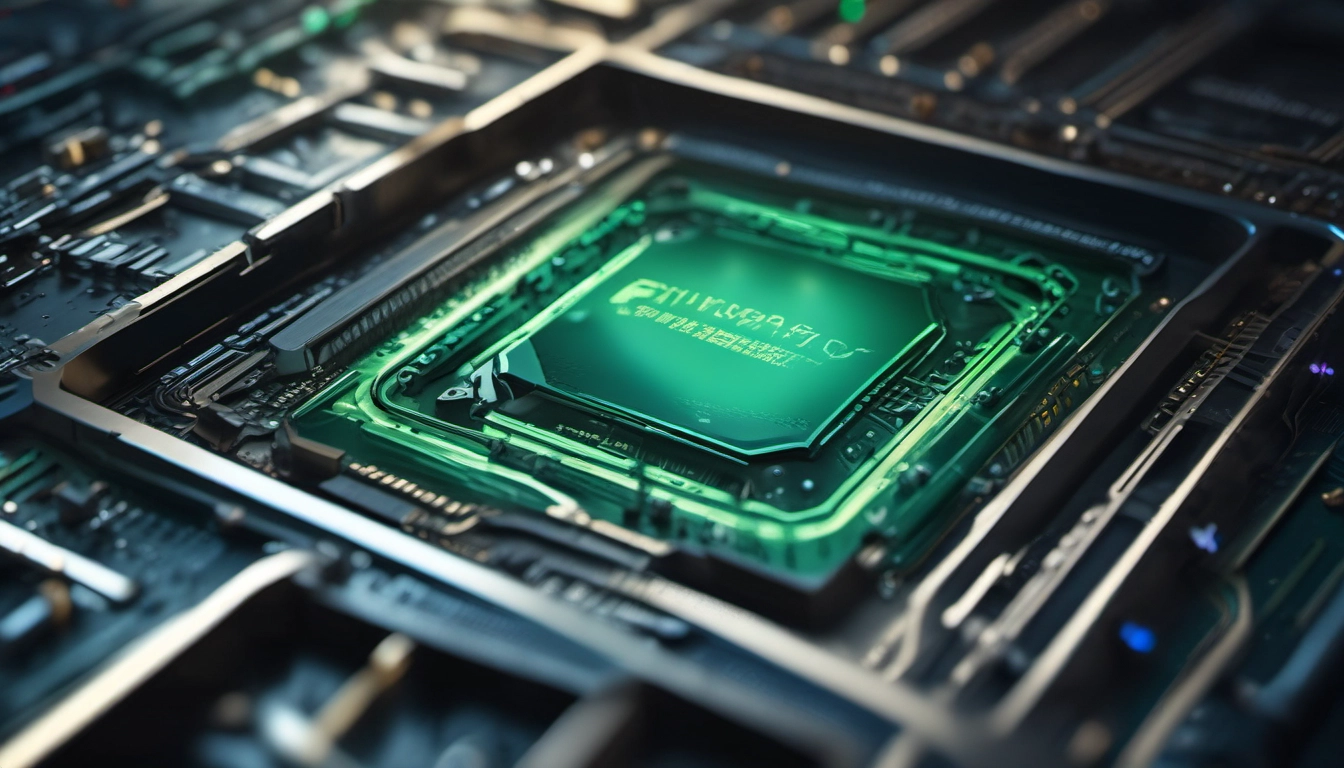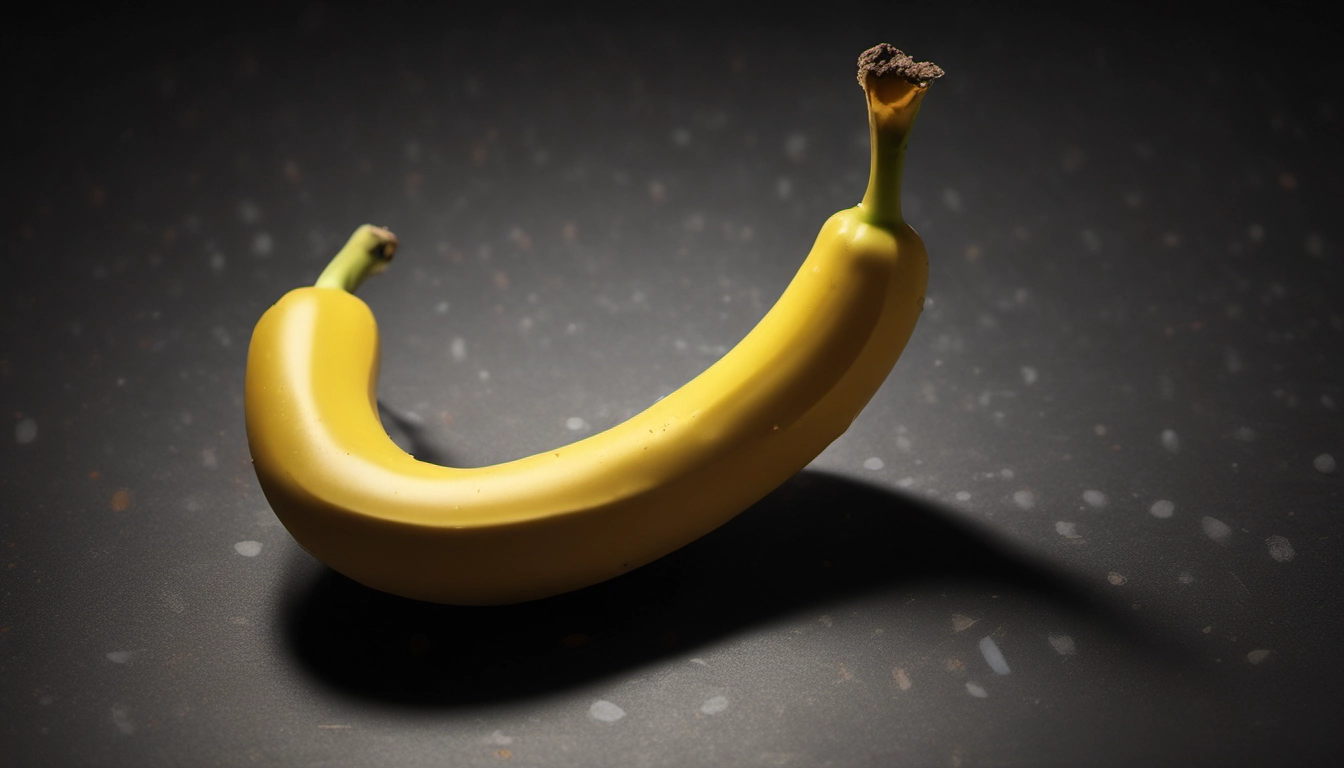Google Imagen 4 vs. Midjourney: The Definitive Benchmark
Head-to-head benchmark of Google Imagen 4 vs Midjourney: quality, text accuracy, cost, API notes, and clear recommendations for creators.

Google Imagen 4 vs. Midjourney: The Definitive Benchmark
This article shows a clear, repeatable head-to-head between Imagen 4 and Midjourney. We ran the same 20+ prompts, used a simple scoring rubric, and logged results for photorealism, text accuracy, prompt adherence, speed, and cost. Read the quick winners, then jump into details and setup tips.
| Category | Winner |
|---|---|
| Photorealism | Imagen 4 |
| Text rendering | Imagen 4 |
| Artistic / stylized | Midjourney |
| Speed / cost (fast jobs) | Midjourney (small jobs) / Imagen 4 Fast (API) |
What we tested and why
We picked 20+ prompts that reflect real work: ads, product photos, UI mockups, portraits, and fantasy art. Each prompt ran through Imagen 4 and Midjourney with the same constraints where possible: single image outputs, similar aspect ratios, and minimal manual prompt tuning. For reference on Imagen 4 features and variants see Google's Imagen 4 announcement and the Imagen lab page.
Scoring rubric (simple)
- Photorealism (1-10): lighting, texture, and believable details.
- Prompt adherence (1-10): did the image match the request?
- Text accuracy (1-10): correct rendering of letters and logos.
- Aesthetic quality (1-10): composition and mood.
We averaged scores across the prompt set. Results below use plain language and clear examples so you can decide which tool fits your job.
Round 1: Photorealism — who makes images look like photos?
Result: Imagen 4 wins. Images from Imagen 4 consistently had better lighting, skin tone and fine texture. The model handles complex materials like glass, fur, and wet surfaces with more believable reflections and micro-contrast.
Why: Imagen 4 is tuned with Google’s LLMs and diffusion work to prioritize photoreal detail. See the Vertex AI docs for model variants and upscaling options: Imagen on Vertex AI.
Round 2: Text rendering — can the model place readable words?
Result: Imagen 4 wins by a clear margin. For product packaging and posters, Imagen 4 more often produced readable text strings and correct layouts. Midjourney still struggles with long, precise text and small labels on objects.
Practical tip
If you need accurate logos or long label text, generate the background with the model then add text in an editor. Imagen 4 reduces retouch work but does not eliminate manual clean-up for production use.
Round 3: Prompt adherence — does the image match detailed instructions?
Result: Imagen 4 handled long, structured prompts better. When we fed complex instructions (scene, camera angle, outfit, lighting), Imagen 4 followed more elements correctly. Midjourney often prioritized style or mood over strict object placement.
Short, punchy prompts still work great in Midjourney for stylized art. If you rely on long, technical prompts for mockups or product concepts, Imagen 4 is easier to control.
Artistic and stylized rendering
Result: Midjourney is still the favorite for creative, painterly, and highly stylized results. Midjourney’s community weights and style chains give faster creative iteration when you want a distinctive look rather than photoreal accuracy.
Speed, throughput, and cost
Imagen 4 family includes a fast variant and an Ultra option. Google lists Imagen 4 Fast as a low-cost, high-speed option for many requests in their announcement: Imagen 4 Fast note. Midjourney is often cheaper for single-image art via the web UI or Discord for casual creators.
- Imagen 4 (API): better for programmatic generation, batch jobs, and controlled latency. Integrates with Gemini API and Vertex AI.
- Midjourney: great for fast drafts and community-driven style work via their tools. Pricing depends on tokens and subscription tiers.
APIs, safety, and provenance
Imagen 4 includes built-in provenance tools like SynthID, which embeds an invisible watermark for traceability. Google documents these safety and watermarking measures on the Imagen pages at DeepMind and the Vertex AI docs.
If you need traceable outputs or enterprise integration (cloud storage, IAM, monitoring), Imagen 4 on Vertex AI is the more direct option.
When to choose Imagen 4
- You need photoreal product shots, consistent lighting, and accurate labels.
- You want programmatic, high-volume generation via Vertex AI or the Gemini API.
- You need provenance and watermarking (SynthID) for compliance.
When to choose Midjourney
- You want quick, distinctive artistic styles and fast creative exploration.
- You are iterating with a community and prefer UI-driven, slider-like controls.
- Your priority is cost for single, stylized images rather than API-scale production.
Quick setup tips
- Start with the same core prompt in both tools. Keep aspect and seed stable where possible.
- For Imagen 4 use the Fast flavor for draft runs, then switch to Ultra for final high-detail renders.
- When text matters, use larger font sizes or plan for a post-edit step in an editor.
- Log costs per image and rate of usable outputs. A small extra spend on Imagen 4 often saves retouch time.
FAQ
Is Imagen 4 available publicly?
Yes. Imagen 4 is available through Google’s Gemini API and Vertex AI. See official docs for quotas and pricing.
Which is better for ads and marketing?
Imagen 4 usually wins for realistic product shots and correct text. Midjourney wins for eye-catching stylized art. Choose based on the campaign goal: realism or mood.
Can I mix tools?
Yes. A common flow: generate backgrounds or scenes in Imagen 4, then pass results to Midjourney for stylized variants, or do final text in a graphic editor.
Final takeaway
Neutral comparison: Imagen 4 pushes photorealism, text accuracy, and API integration forward, while Midjourney remains the go-to for bold, stylized art and fast creative iteration. If you need production-ready visuals and API scale, pick Imagen 4. If you want quick, artistic exploration, pick Midjourney. Either way, try a small experiment: run 5 shared prompts and compare results for your use case.
Note: For technical pages and model details see Imagen 4 Generate, DeepMind's Imagen, and Google's announcement: Imagen 4 Fast.


